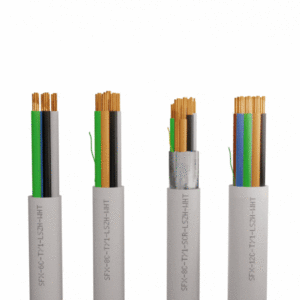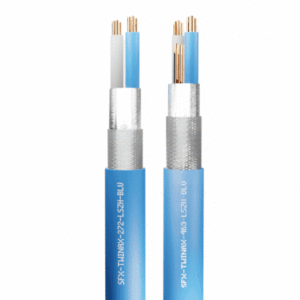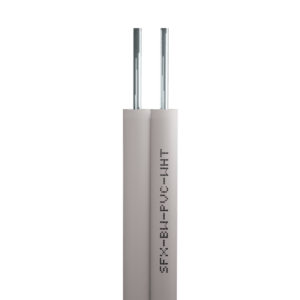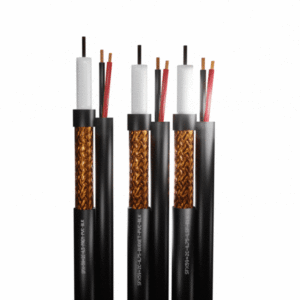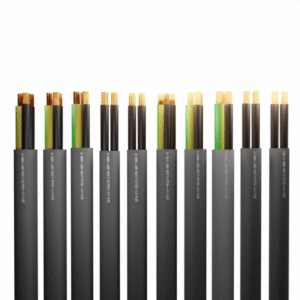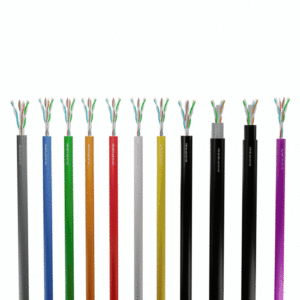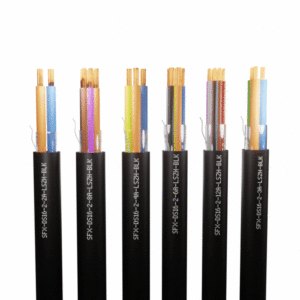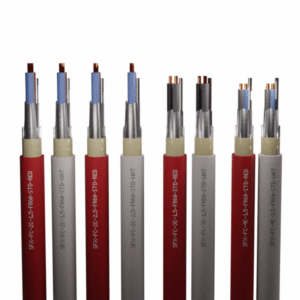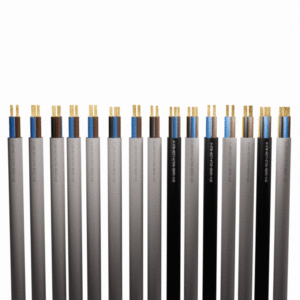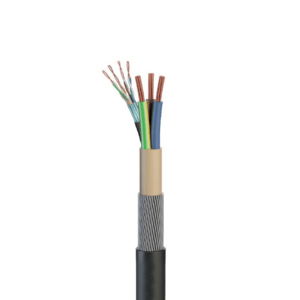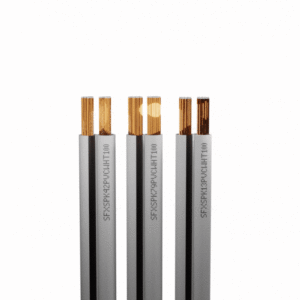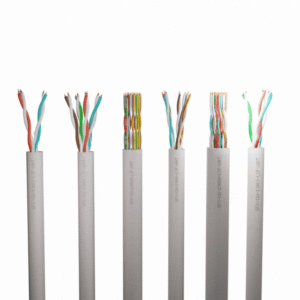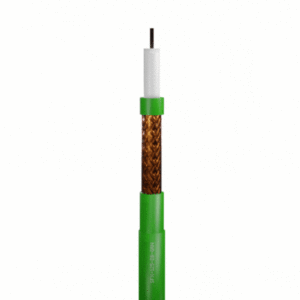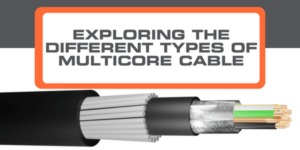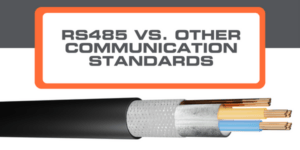What is American Wire Gauge?
American Wire Gauge (AWG) is the standard method used in the United States to determine the size of electrical copper wires. Understanding AWG is crucial for various applications, including electrical installations, electronics, automotive, and more.
AWG is a numerical designation that represents the diameter of a wire. As the gauge number increases, the wire diameter decreases. For instance, a 22 AWG wire is smaller in diameter compared to a 14 AWG wire.
How is the AWG Determined?
The AWG system bases itself on a geometric progression. Each step in the AWG scale roughly doubles the cross-sectional area of the wire. The formula to determine the wire diameter (in inches) from the AWG number is:
D(AWG) = 0.005 * 92 ((36-AWG)/39) inch
However, for practical purposes, most wire size charts are readily available that list the AWG number, diameter, and current-carrying capacity.
Factors Influencing AWG Selection:
- Current Capacity – The most crucial factor in choosing the right wire gauge is its ability to handle the current without overheating. In an electrical circuit, the current flows through conductive materials such as; wires, switches, and components. As the current passes through these elements, it encounters resistance and reactance, which generates heat. The wire’s size and material, as well as the overall circuit design, influence the amount of current it can safely handle. Thinner wires with higher gauge numbers carry less current, while thicker wires with lower gauge numbers carry more current.
- Voltage Loss – Over longer wire runs, voltage drop may become a concern due to electrical resistance. Thicker wires with lower gauge numbers reduce voltage drop, ensuring the equipment receives the required voltage.
- Application – Different applications have specific requirements which will influence the cable size. For example, household wiring typically uses 12 or 14AWG for 15-amp and 20-amp circuits. On the other hand, small electronics may only require 24AWG.
- Environment – The environmental factors of where the cable is installed will determine the size of the wire required. For external applications for example, a thicker more robust wire may be more suitable.
- Flexibility – Thin, high AWG wires are more flexible, while lower AWG wires are stiffer and better suited for industrial applications.
Common AWG Wire Sizes and Applications:
- 20-26AWG – Typically used for small electronics and low-power applications.
- 18-16AWG – Suitable for lighting circuits, thermostat wiring, and general household applications.
- 14-12AWG – Commonly used for 15-amp and 20-amp household circuits, power tools, and light fixtures.
- 10-8AWG – Found in high-power circuits, such as kitchen appliances and heavy-duty power tools.
- 6AWG and below – Used in large appliances, industrial machinery, and electrical distribution systems.
Consulting Wire Size Charts:
To make the right choice, it is always best to consult wire size charts or online calculators.
There are a range of suitable tools to help you, including voltage drop calculators, AWG converters etc.
Use our American Wire Gauge Converter to help you choose the right wire size for your needs.
Conclusion:
Determining the appropriate AWG wire size is essential for ensuring safe and efficient electrical installations.
Factors such as current capacity, voltage drop, application, environment, and flexibility play a vital role in making the right selection.
By understanding the AWG and using appropriate wire size charts, you can choose the appropriate wire gauge for your specific needs.
Always prioritise safety and consult a professional if you are unsure about the appropriate wire size for your application.
If you have any questions that weren’t answered in this article, please do not hesitate to get in touch with our friendly team.
We’re always happy to help!

